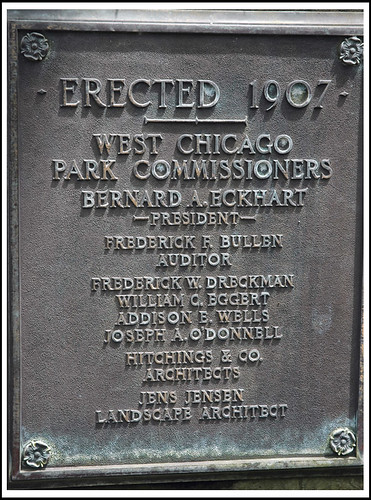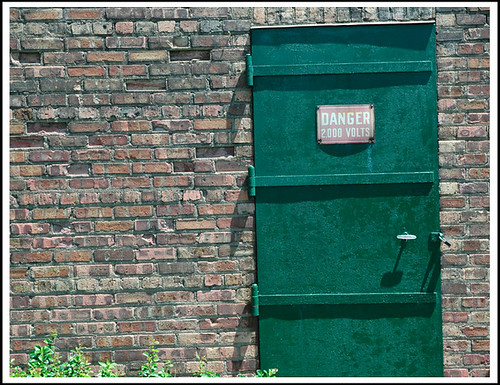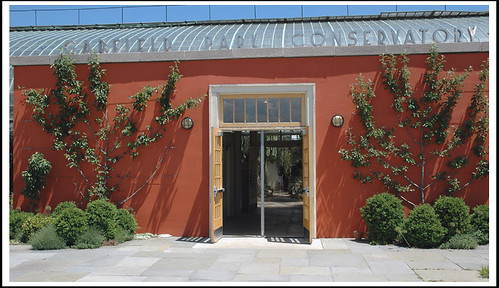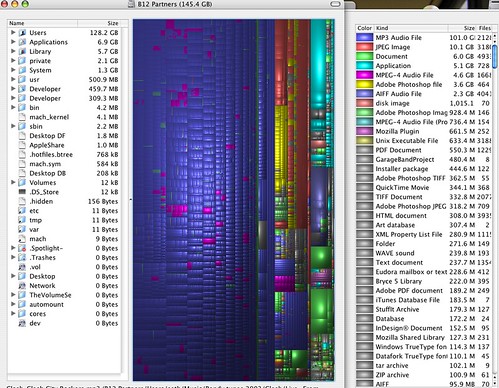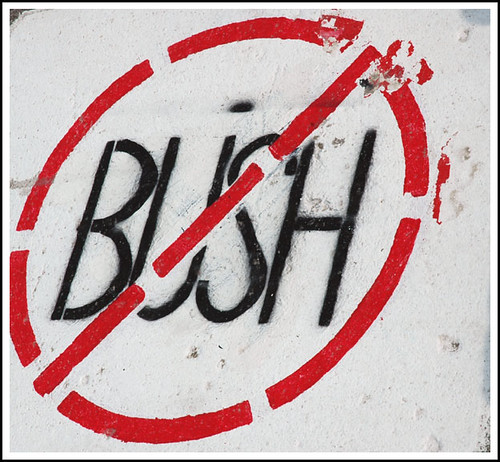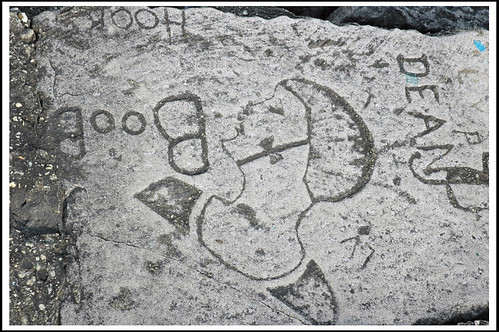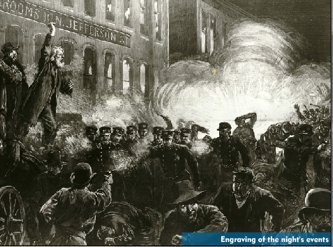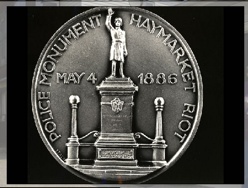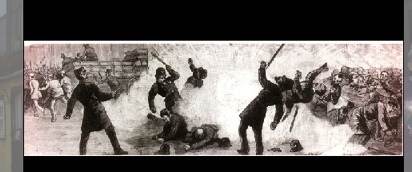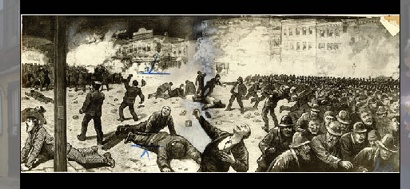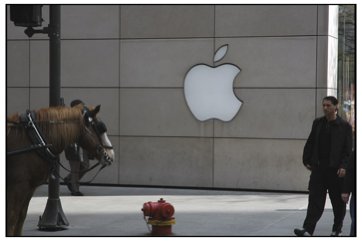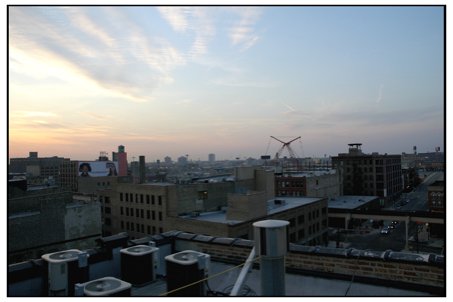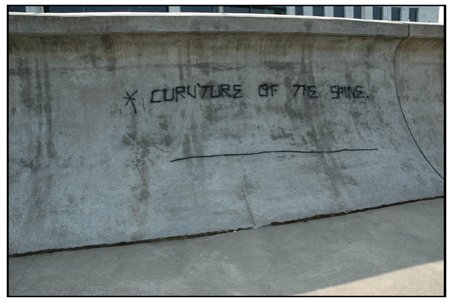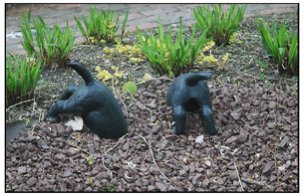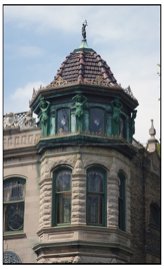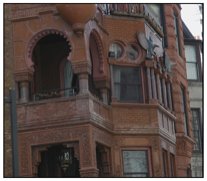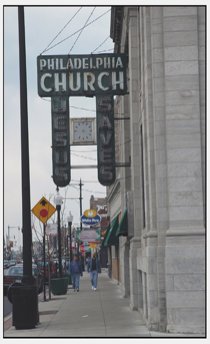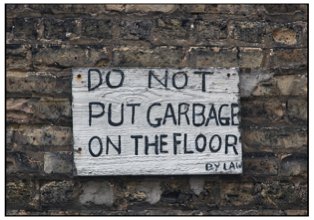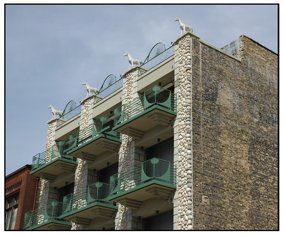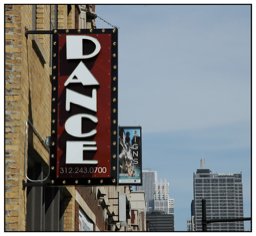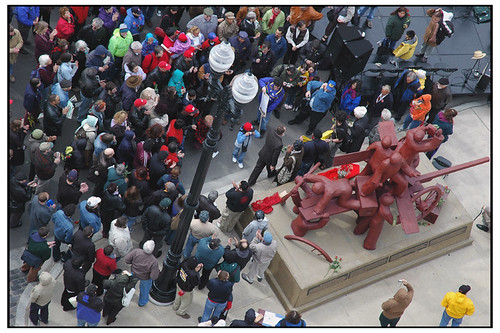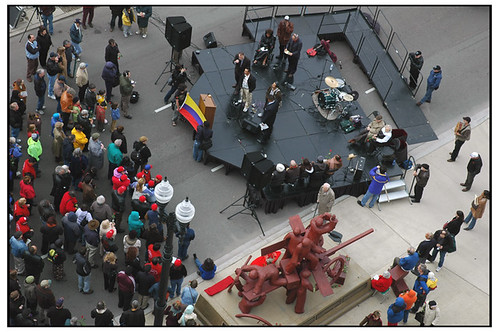I witnessed a very, very odd General Electric commercial on television the other night. I'm not sure if the irony was intentional (I'm guessing it wasn't), but GE spent a lot of money creating their message. Basically, a paean to coal mining, filmed in high contrast 'artsy' style, featuring writhing, sweaty fashion models, and shirtless, sweaty, muscular black dudes working in a coal mine, but inexplicably having a great time. The soundtrack is another layer of irony - Tennessee Ernie Ford's classic song, 16 tons

(click to play song)
The song's chorus came from a letter Merle received from his brother lamenting the death of World War II journalist Ernie Pyle, killed while covering combat in the Pacific in 1945. John Travis wrote, “It's like working in the coal mines. You load sixteen tons and what do you get? Another day older and deeper in debt.” Merle also recalled a remark his father would make to neighbors when asked how he was doing: “I can't afford to die. I owe my soul to the company store. ” This referred to coal-company owned stores where miners bought food and supplies with money advanced by the company, called “scrip”.
Later released on Capitol's 1947 LP “Folk Songs From The Hills”, the song almost immediately began to generate controversy, causing Travis himself, problems, in the anti-communist, Cold War hysteria of the late forties. Some in government saw songs dealing with workers' woes, and folk music “activists” as potentially subversive.
So in other words, working in a coal mine isn't a goof, it's serious, back breaking labor, with a long history of strikes, and labor unrest. Not to mention that mining for coal destroys the land on top of the coal, pollutes the air and water with mercury, sulfur and other health-threatening contaminates.
NYT:
Now, a new battle for Blair Mountain is flaring. But this time, the warriors are not miners toting rifles, but historians armed with artifacts. And the fight is not about organizing the coalfields, but saving the battlefield.
At stake is a campaign by amateur historians, allied with environmentalists, to register more than 1,400 acres around Blair Mountain as a historic site. In doing so, they hope not only to protect a piece of labor history, but also Blair Mountain itself, where coal companies have been buying property and emptying small towns in preparation for strip mining the rugged ridgeline for low-sulfur coal.
On May 6, the preservationists won an important skirmish when the West Virginia Archives and History Commission voted unanimously to recommend that 14 miles of ridgeline surrounding Blair Mountain be added to the National Register of Historic Places, part of the National Park Service.
If the site is added to the register, as is considered likely, coal companies could be required to reduce the impact of mining on the battleground. Being added to the register would also be a crucial first step toward the preservationists' goal of making Blair Mountain a landmark or park, which could stop mining there altogether.
“This is a breakthrough nomination in terms of taking a chink out of the power of coal companies to dominate our land,” said Frank Unger, a part-time preservationist who helped prepare the Blair Mountain application.
The coal companies have threatened legal action. Although the listing would not prohibit mining, it could cause the federal government to delay or modify permits, potentially affecting hundreds of jobs, including about 100 held by union workers.
“We're going to resist vigorously any attempts to take away our property rights,” said Greg Wooten, vice president of Dingess Rum Properties Inc., which leases land on the ridge to mining companies. “We have a right to exercise our lawful and legal right to mine coal, remove timber and drill oil and gas wells on our property.”
from Tom Paine, we read of the true tale of GE's coal plans.
TomPaine.com - GE's Greenwashing:
But even while GE was hosting was hosting a glitzy cocktail reception to roll out a new pro-environmental PR and ad campaign, the company was working behind closed doors in Congress to secure another delay in cleaning up the Hudson— a cleanup that is supposed to cost the company half a billion dollars.
Let's start with the May 9 debut of the company's “Ecomagination” campaign—a $90 million PR blitz aimed at remaking the company's soiled image into one colored bright green: Expensive print ads show leaves sprouting from electric power plants; a green airplane floats across a corporate website behind the online greeting by CEO Jeffrey Immelt; a television commercial features buff models posing as coal miners—essentially a mini-music video reminiscent of Madonna's “Express Yourself.”
The frivolous quality of the advertising undercuts GE's serious message: “Increasingly for business, 'green' is green,” noted Immelt. “We're at a tipping point where energy efficiency and emission reductions equal profitability.”
...
GE has clashed with the federal government on air pollution policy issues. In 2000, the company hired noted “liberal” constitutional scholar Laurence Tribe of Harvard to file a friend-of-the-court brief with the Supreme Court opposing EPA's clean air standards for smog and soot. Fortunately, the Supreme Court unanimously rejected GE's dirty-air approach.
But GE is perhaps best known for the Hudson River. From the late 1940s until 1977, GE discharged more than one million pounds of the toxic waste known as PCBs into the Hudson River. Over the years, these chemicals have spread, contaminating two hundred miles of river from the Hudson Falls to just shy of the Statue of Liberty.
Then-EPA Administrator Christie Whitman ordered the company in 2002 to clean up the toxic mess. The cleanup has yet to begin. GE has dozens of other Superfund sites, and has lobbied for years to try to change the Superfund law.
And GE is continuing its efforts to stall the cleanup. In its federal lobbyist disclosure forms, GE notes that one of its lobbying goals is to “support reasonable phasing and performance standards for the PCB Hudson River site remedy.”
That was translated behind closed doors this week into a budget rider—attached to appropriations legislation in the House Appropriations Committee—that would call for a yearlong National Academy of Sciences study to take another look at the project.
Congressional sources said GE was behind the rider, which wasn't disclosed until after committee members voted to approve the legislation, and that it was inserted secretly at the request of Rep. Charles Taylor, R-N.C., who chairs the appropriations subcommittee that oversees the issue.
General Electric now has now separately confirmed its role in pushing the rider. GE gave Taylor $8,250 in campaign contributions during the 2004 election cycle, according to Federal Election Commission records.
So while GE's “coal miner” actors preen on television, its lobbyists argue privately for a federal handout and the Hudson remains toxic.
That's greenwashing, not ecomagination.
If I find a link to the ad itself, I'll publish it. Crazy, man, crazy.
Propaganda, all is phony
Advertising signs that con you
Into thinking you're the one
That can do what's never been done
That can win what's never been won
Meantime life outside goes on
All around you....
Old lady judges watch people in pairs
Limited in sex, they dare
To push fake morals, insult and stare
While money doesn't talk, it swears
Obscenity, who really cares
Propaganda, all is phony.
-
Update: the commercial is here for the moment:
http://www.adrants.com/images/model_miners.mpeg
or if this link remains broken, this page discusses more
http://www.adrants.com/2005/05/perfect-bodied-coal-miners-strike-a-pose.php
update 5/17/05
I suspected this commercial would ignite some discussion, I just was unable to find it before I posted my visceral response. Arvin Hill has some interesting additional thoughts on the matter, along with a few visuals. Check it out.
update: 1/11/06, still not retired, here is a link to GE's video archive, via Burningbird
{Health, Business}
Tags: Business, /health


